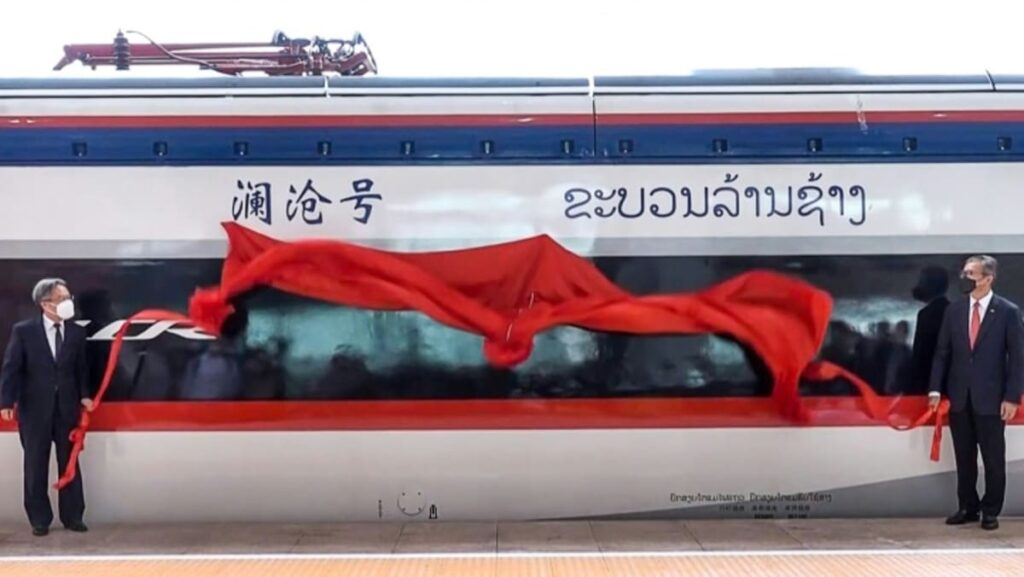Laos, the only landlocked nation in ASEAN, has seen substantial benefits since the railway began its operations.
In the past year, tourist visits to the country rose by over 30%, totaling 4 million.
The Thanaleng Dry Port, which is Laos’ first international inland port, started functioning alongside the railway launch.
Since its inception, it has processed over 200,000 twenty-foot equivalent units (TEUs), a standard measure of cargo capacity represented by a regular 20-foot shipping container.
Last year, the volume of TEUs handled surged by 30% compared to 2023.
Goods moving through Thanaleng are not only destined for China but also for markets in the Middle East, Central Asia, and Europe.
A significant technical hurdle at the port is the discrepancy in rail gauges between Laos and Thailand.
Laos’ railway system, constructed by China, employs a standard gauge, while Thailand and Malaysia utilize a metre gauge. This requires that cargo arriving at Thanaleng be transferred to a different train to continue its journey.
On average, it takes roughly two to three minutes to shift a single container.
In rail transport, track gauge signifies the distance between the two rails of a railway line. Numerous track gauges exist globally, which can complicate seamless operations across rail networks.
However, Sakhone Philangam, managing director of Thanaleng Dry Port, informed CNA that the gauge transition is manageable.
“This site is perfect for consolidating goods. For instance, if there’s a delay in connections, we can securely store your container here,” he stated.


